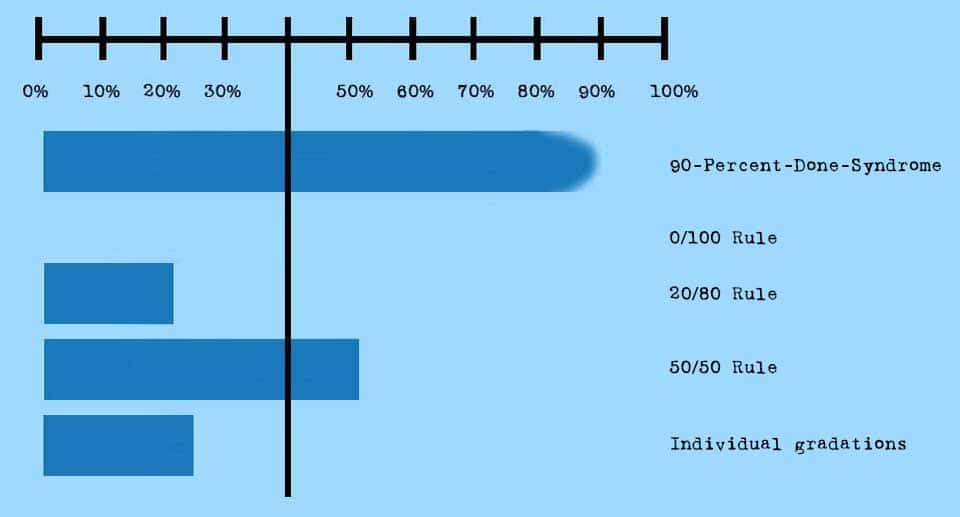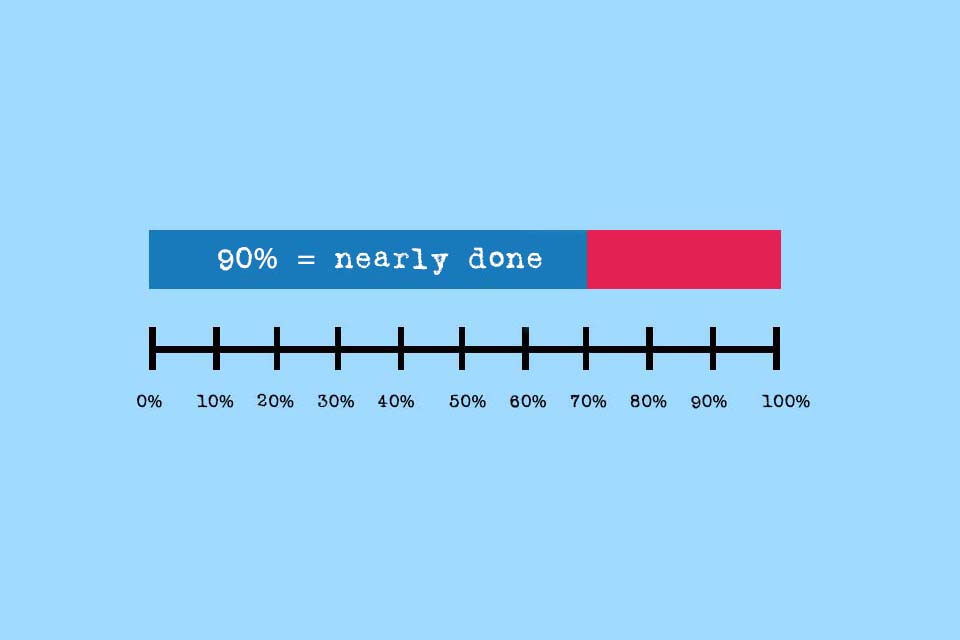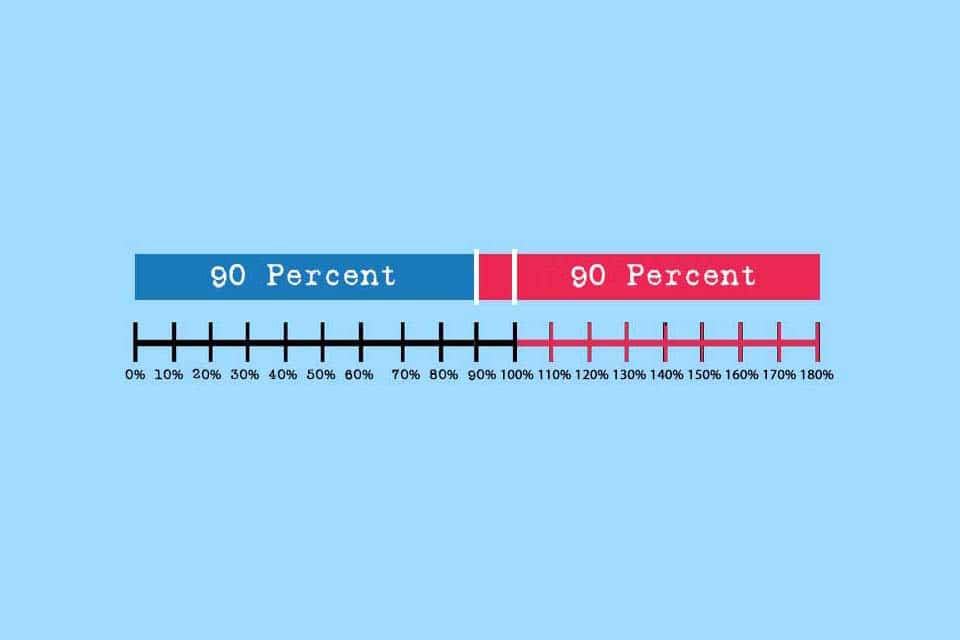What is Stage of Completion?
Smartpedia: The Stage of Completion is an indicator of progress and determines the percentage of a work package or project’s output in relation to the planned total output.
Stage of Completion – the ratio of the delivered output to the planned total output
The stage of completion is an indicator of progress and determines for an operation, work package, or project the ratio of the delivered output to the planned total output. As a percentage, it expresses the proportion of work performed that is part of an agreed total output. The stage of completion is usually determined using one of the following approaches on a reference date:
- The service rendered is personally estimated by the employee responsible. This form of determining the stage of completion seems obvious, but it is subjective and can always tend to be too pessimistic or too optimistic, depending on the employee. In addition, there is also a risk of the so-called 90-Percent-Done-Syndrome or the 90-90 Rule. As a consequence, the personal estimation often requires an additional adjustment/correction by an instance such as the project manager.
- The 0/100 Rule assumes that a work package is declared as 0 percent until it is actually completed, regardless of actual progress. This estimate is considered conservative and safe, but does not say anything about the actual degree of completion.
- The 20/80 method and the 50/50 method mitigate the principle of the 0/100 method and declare the degree of completion at the start of an activity as long as the work package is actually completed at 20% and 50%, respectively. Here, too, the significance is limited.
- The estimation in gradations such as 0%, 10%, 25%, 50%, 75%, 90% and 100% with simultaneous definition of criteria that are agreed upon together for classification. Such a procedure tries to objectify the determination of the stage of completion. At the same time, it is much more accurate than one of the three 0/100, 20/80 or 50/50 methods. However, the preparation and coordination of the procedure is relatively time-consuming.
Example of Stage of Completion
Here you can see an example with a “real” performance of 40% and the corresponding values depending on the chosen method.
Sometimes one also reads of a “relative” and an “absolute” percentage of completion (POC). If it refers to a specific work package, this is referred to as the “relative POC”; in contrast, the “absolute POC” refers to the sum of the time spent on all completed work packages in relation to the time spent on all work packages.
Rising and falling Stages of Completion
In principle, the stage of completion is always a snapshot. A new estimate at a later point in time usually results in a changed, higher value. In practice, however, it can also happen that the degree of completion drops, for example if developed solutions do not work as expected or the completion of work packages takes longer than initially estimated. As a supplement or as an alternative, organisations therefore often also determine residual workloads.
Notes:
If you like the article or would like to discuss it, please feel free to share it in your network. And if you have any comments, please do not hesitate to send us a message.
Here you will find additional information from our Smartpedia section:



